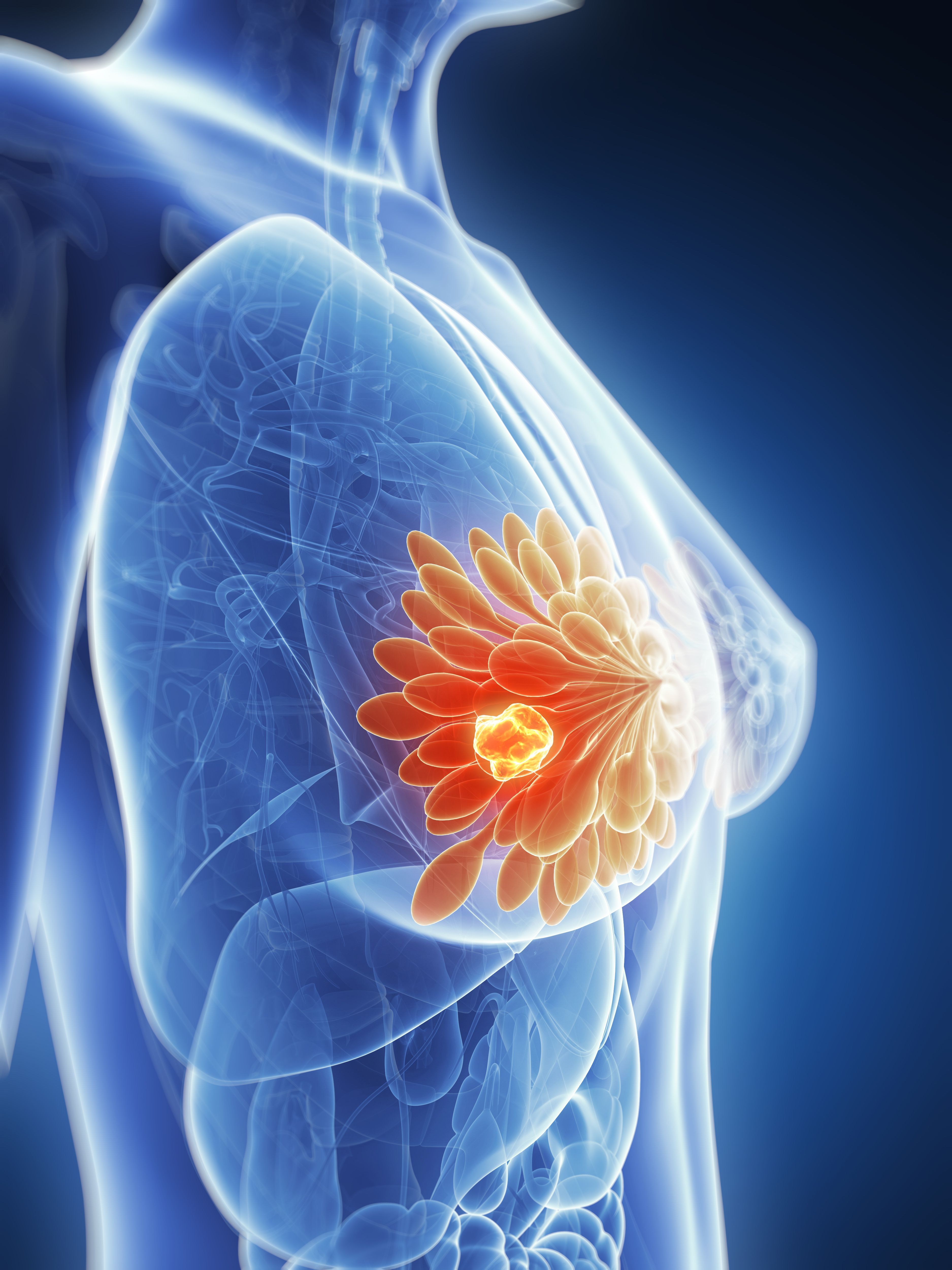FDA Gives Investigational Drug Fast Track Designation for Advanced Breast Cancer Subtype
The investigational drug CFI-402257 alone and in combination with fulvestrant received fast track designation from the FDA for patients with estrogen receptor–positive, HER2-negative advanced breast cancer.
The FDA has granted fast track designation to CFI-402257 as a single-agent and in combination with fulvestrant as a treatment for patients with estrogen receptor (ER)–positive, HER2-negative advanced breast cancer following progression on a previous CDK4/6 inhibitor and endocrine therapy, according to a press release from Treadwell Therapeutics.1
CFI-402257 is a best-in-class small molecule Threonine Tyrosine kinase inhibitor. Its fast track designation status means that development for the agent will be streamlined to accelerate its review with the FDA to address unmet need.
The fast track designation for CFI-402257 in an advanced breast cancer subtype was supported by data from a phase 1 trial read out at the 2022 San Antonio Breast Cancer Symposium.

“There is an urgent need for new, safe and efficacious therapies to treat ER-positive/HER2-negative breast cancer, particularly when standard of care regimens fail,” Mark Bray, PhD, chief scientific officer and co-founder of Treadwell Therapeutics, said in the press release. “CFI-402257 has shown early signs of durable activity with a manageable safety profile, as a monotherapy and in combination with fulvestrant in ER+/HER2- breast cancer patients that have failed CDK4/6 inhibitors.”
Updated findings from a phase 1 trial assessing CFI-402257 in HER2-negative breast cancer and other solid malignancies read out at the 2022 San Antonio Breast Cancer Symposium.2 The overall response rate was 5% (n = 3/66) in the single-agent arm and 10% in the combination arm (n = 2/10). An additional patient had an unconfirmed response and remained on study at the time of read out.
Among the responders, 5 were patients with breast cancer who were treated at a dose of 168 mg per day and 1 had hepatocellular carcinoma and was treated at a dose of 28 mg per day. Those in the monotherapy arm had a median of 5 previous therapies while those in the combination arm had 4. All patients were previously treated with palbociclib (Ibrance).
Investigators reported a clinical benefit rate of 12% (n = 8/66) in the CFI-402257 arm and 25% (n = 5/20) in the CFI-402257 plus fulvestrant arm. Those who had stable disease or better were on treatment for a median of 242 days (range, 112-673).
The intent of the study was to assess the safety and tolerability or CFI-402257 alone and in combination with fulvestrant in addition to identifying the maximum tolerated dose and recommended phase 2 dose (RP2D). Efficacy and pharmacokinetics were also identified.
Investigators determined that the RP2D of oral CFI-402257 plus or minus fulvestrant is 168 mg per day for 28-day cycles.
In terms of safety, 92% of patients (n = 79/86) discontinued treatment and 50% had died. Of the patients who died, the most common cause was progressive disease (33%). Additionally, 6% of patients died from treatment-emergent adverse effects (TEAEs).
The most frequent grade 3 or higher TEAEs in the single-agent and combination arms, respectively, included anemia (8% and 1%), neutropenia (6% and 5%), and febrile neutropenia (5% and 5%).
References
- Treadwell Therapeutics Announces Fast Track Designation Granted by the FDA to CFI-402257 for the Treatment of ER+/HER2- Breast Cancer. News release. Treadwell Therapeutics. January 10, 2023. Accessed January 13, 2023. http://bit.ly/3vYRCX9
- Hilton JF, Renouf DJ, Cescon DW, et al. An update to a phase I trial of CFI-402257, an oral TTK inhibitor, in patients with advanced solid tumors with HER2-negative breast cancer expansion cohorts. Presented at: 2022 San Antonio Breast Cancer Symposium. December 6-10, 2022; San Antonio, TX. Poster P6-10-13. https://bit.ly/3k7wtam